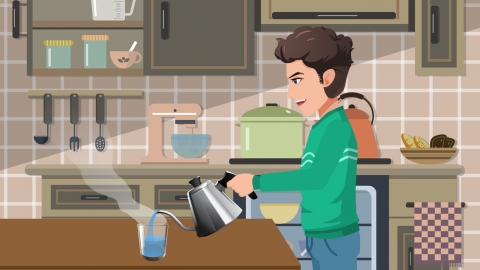Can there be brain-eating amoebas in tap water?
The term "brain-eating amoeba" generally refers to Naegleria fowleri. If a public water supply system becomes contaminated and is not adequately treated, amoebas may be present. However, if the water source is clean and properly treated, amoebas are generally not present. Detailed analysis is as follows:

When tap water sources are contaminated by feces or sewage containing amoebas, and the water treatment process fails to effectively remove the organisms, amoebic cysts or trophozoites may remain in the water. Particularly in cases of damaged aging pipelines or inadequately cleaned secondary water supply facilities, amoebas can easily proliferate, leading to infection risks in tap water.
If the tap water source meets health standards and undergoes standard treatment procedures such as sedimentation, filtration, and disinfection, with residual chlorine levels maintained at 0.3-0.5 mg/L in the treated water, Naegleria fowleri can be effectively eliminated. Regular maintenance of water supply pipes and cleaning and disinfection of secondary water supply facilities can ensure the absence of amoebas in tap water.
It is recommended for daily consumption to drink boiled tap water and avoid drinking it directly without boiling. When using tap water for oral hygiene, avoid water entering the nasal cavity, especially for individuals with weakened immune systems.







